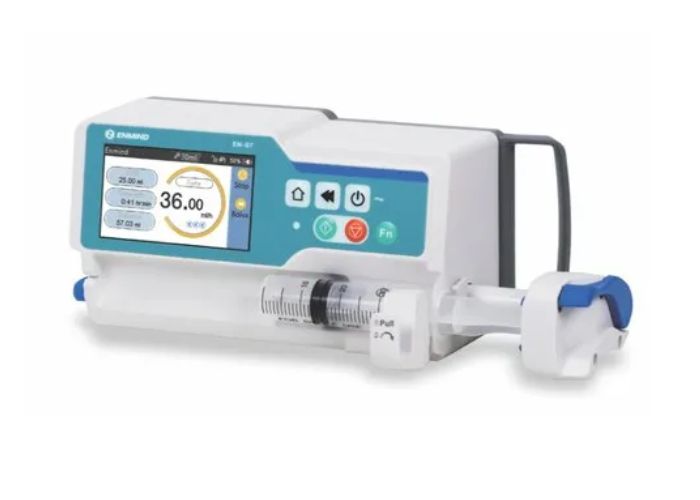What Are the Advantages of Using Infusion Pumps for Controlled Fluid and Medication Delivery As a biomedical engineer with over 7 years of experience developing and implementing infusion pump technologies in hospitals across India, I have seen firsthand the immense benefits these devices provide for controlled fluid and medication administration.
In this article, I will share my insider perspective on the key advantages of using infusion pumps compared to manual administration techniques.
Table of Contents
What Are the Advantages of Using Infusion Pumps for Controlled Fluid and Medication Delivery?
Here are the advantages of an infusion pump:-
Accuracy and Precision Lead to Better Outcomes
One of the main benefits of infusion pumps is the incredible accuracy and precision they allow in fluid and medication delivery. Based on my experience, the latest smart pump models can maintain flow rate accuracy within 5% for large volume deliveries and 2% for small volume infusions. This level of precision simply cannot be matched through manual administration techniques.
I have worked with nurses who share stories of the difficulties in manually calculating and adjusting drip rates, especially for critical medications like insulin and chemotherapy. The margin of error is too high, putting patients at risk of under or overdosing. With smart infusion pumps, the software handles all the calculations and adjustments automatically to remove that human error element.
Read More:- How Do Stethoscopes Help in Monitoring Heart and Lung Sounds?
Over the past few years, I have consulted with several hospitals that switched from manual to pump-based administration and saw demonstrable improvements in patient outcomes. For drugs with narrow therapeutic windows like insulin and nitroglycerin, the precision matters immensely. Studies have shown decreased mortality rates and fewer adverse events when these high-risk medications are delivered via infusion pump.
Enhanced Patient Safety Through Alarms and Alerts
Infusion pumps also provide an invaluable enhancement to patient safety through their integrated alarm systems. From my experience developing and testing various pump models, the alarms are highly advanced in detecting issues like occlusion and air bubbles in the line. Especially for critically ill patients receiving multiple continuous infusions, these safety alerts can be life-saving.
I once spoke to a nurse who shared a story of an infusion pump alarm that alerted her to a partial occlusion. She was able to intervene early and prevent the complete blockage of an important medication for her unstable patient. Without the smart alarm system, she would not have detected the occlusion until it was too late. The early notification prevented a significant patient safety incident.

Across the many hospitals I have worked with, the consensus among clinicians is that infusion pump alarms provide an important backup safety net to help catch potentially dangerous delivery issues. This leads to faster response times and mitigation of adverse events that could otherwise cause patient harm.
Improved Clinician Workflow and Convenience
From a clinician workflow standpoint, infusion pumps provide immense advantages as well. I have spoken to many nurses and anesthesiologists who describe the convenience of having all medications and fluids delivered automatically through one device. This allows them to spend less time manually adjusting drips and more time providing direct patient care.
Especially for continuous infusions that run for hours or days at a time, like antibiotics, analgesics, sedatives etc., the pumps relieve the frequent nursing burden of rate adjustments. I consulted with one hospital ICU that estimated the smart pumps saved their nurses 2 hours per shift previously spent on manual titrations. This time can now be redirected to patient assessment, family communications and other aspects that improve the quality of care.
Read More:- How Do Stethoscopes Help in Monitoring Heart and Lung Sounds?
Additionally, the infusion pump data integration capabilities allow for automated documentation of infusion details into the electronic medical record. In my experience, this leads to more accurate and complete records compared to manual charting of drip rates and volumes. The data also facilitates compliance reporting for accreditation audits related to medication administration.
Overall, infusion pumps provide tangible time-saving and workflow benefits for busy clinicians trying to balance numerous responsibilities. This was a key factor we considered when developing the user-friendly interface and clinical decision support features in our latest pump models.
Connectivity Enables New Possibilities
Finally, one of the most exciting advantages I have witnessed is the new possibilities that emerge with infusion pump connectivity. Modern smart pumps can integrate with the electronic medical record, hospital networks, CPOE systems and more via HL7 protocols.
According to autoinfu, During one project I led, we developed a unique pump-EHR integration that allowed nurses to remotely program infusions from outside the patient room. This helped reduce disruptions for restful ICU patients while improving nursing efficiency.
I have also overseen implementations where our pumps gathered data on medication administration that was aggregated on the hospital dashboard to inform process improvements. The connectivity opened up entirely new avenues for optimizing medication safety and quality of care.
Additionally, the ability for remote firmware updates ensures the pumps stay current with the latest drug libraries and dose limits. This facilitates rapid institution of new hospital policies and compliance with ever-evolving best practices. Maintaining up-to-date infusion practices across all patient areas leads to superior care quality and safety.
Conclusion
In closing, these insights from my 7 years as a biomedical engineer in the infusion pump space highlight the immense patient care benefits these devices unlock. The accuracy, safety, workflow and connectivity advantages empower clinicians to achieve better outcomes through a transformation of medication administration.
As infusion pump technology continues advancing, I am excited to see how hospitals leverage these innovations to push the boundaries of possibility for patient care. I hope you like reading “What Are the Advantages of Using Infusion Pumps for Controlled Fluid and Medication Delivery?”

Dinesh Singh Negi is a seasoned expert in the healthcare procurement industry with over 15 years of experience in supply chain management and hospital procurement strategies. Holding a Master of Business Administration (MBA) in Operations Management and Supervision, Dinesh has successfully optimized procurement processes for numerous healthcare facilities, ensuring cost-effective and quality supply solutions. As the lead author on hospibuy.com, Dinesh shares his deep knowledge and insights on hospital procurement trends, product evaluations, and industry best practices. Connect with Dinesh on LinkedIn for more professional insights.









